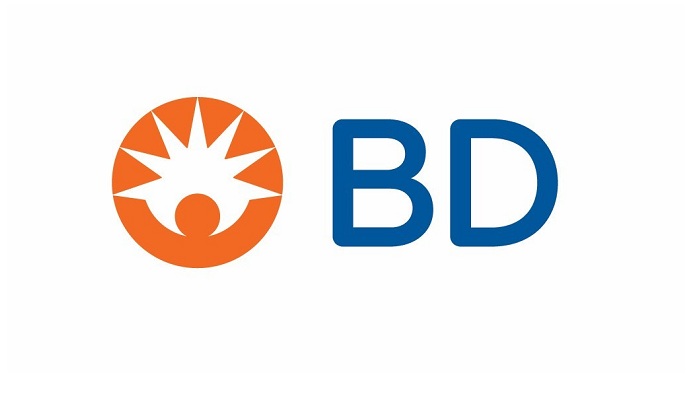BD, a leading global medical technology company, announced that it received approval for a pre-market approval (PMA) supplement from the U.S. FDA for an expanded version of its BD Onclarity™ HPV Assay. The PMA supplement includes the expansion for genotype reporting beyond HPV genotypes 16, 18, and 45 to include types 31, 51, 52, 33/58, 35/39/68, and 56/59/66 genotypes making the BD Onclarity™ HPV Assay the only FDA-approved assay to individually identify and report these genotype results.
The value of extended genotyping for cervical cancer screening and triage has been reported from large clinical studies since 2015.1-8 Additionally, the need for expanded HPV genotyping for cervical screening has been recognized since 2016.9 In many cases, the reporting of HPV genotypes with the screening test result could improve risk stratification and support risk-based patient management. The April 2020 publication of the ASCCP risk-based management consensus guidelines anticipated that extended genotyping would be introduced soon.10
“BD Onclarity™ extended genotyping is data-driven precision medicine at its best, helping us effectively and efficiently manage our patients,” said Mark H. Stoler, MD Professor Emeritus of Pathology, University of Virginia Health System. Contemporary management of women with abnormal cervical cancer screening results demands an assessment of their risk of pre-cancer. An abundance of recent science clearly shows that knowing the HPV genotype of the patient provides excellent differential stratification of those risks.”1,4-8,11-13
“It is well known that different HPV genotypes carry different risk of cervical cancer, and without the specific knowledge of the HPV genotype in a screening sample many women will be over-treated needlessly,” said Jesper Bonde, PhD, Senior Researcher and Molecular Pathology Laboratory Manager, Hvidovre Hospital, Denmark.12 “Screening strategies that employ HPV tests with simultaneous genotyping offer a simple way to improve cervical cancer screening to the benefit of the woman and health care providers by allowing risk stratification already on the screening sample.”
The reporting of HPV genotypes with the screening tests and surveillance tests will facilitate same-genotype persistence tracking and risk-based management. A recent systematic review by Bottari et al concluded that, “evaluation of the HPV genotype persistence may represent a valid option to monitor patients treated for CIN 2+ lesions, because relapses were detected only in patients with persistence of the same genotype detected at baseline.”11,13-15
“With this FDA approval, BD can now offer laboratories, clinicians and patients access to critical information in screening for cervical cancer in the United States and other countries recognizing the PMA supplement or CE mark,” said Dave Hickey, president, Integrated Diagnostic Solutions at BD. “Our goal is to continue the global fight towards eliminating diseases and associated deaths due to cervical cancer with our comprehensive diagnostic solutions.”
About BD
BD is one of the largest global medical technology companies in the world and is advancing the world of health by improving medical discovery, diagnostics and the delivery of care. The company supports the heroes on the frontlines of healthcare by developing innovative technology, services and solutions that help advance both clinical therapy for patients and clinical process for healthcare providers. BD and its 65,000 employees have a passion and commitment to help enhance the safety and efficiency of clinicians’ care delivery process, enable laboratory scientists to accurately detect disease and advance researchers’ capabilities to develop the next generation of diagnostics and therapeutics. BD has a presence in virtually every country and partners with organizations around the world to address some of the most challenging global health issues. By working in close collaboration with customers, BD can help enhance outcomes, lower costs, increase efficiencies, improve safety and expand access to healthcare.


















